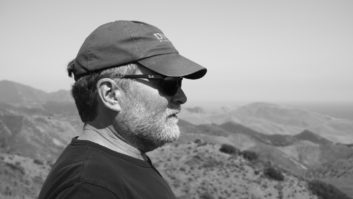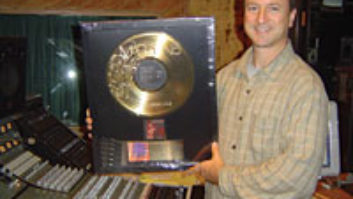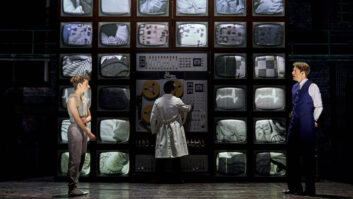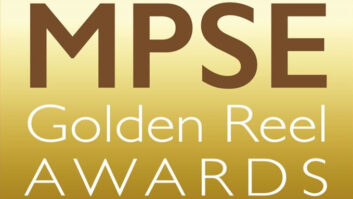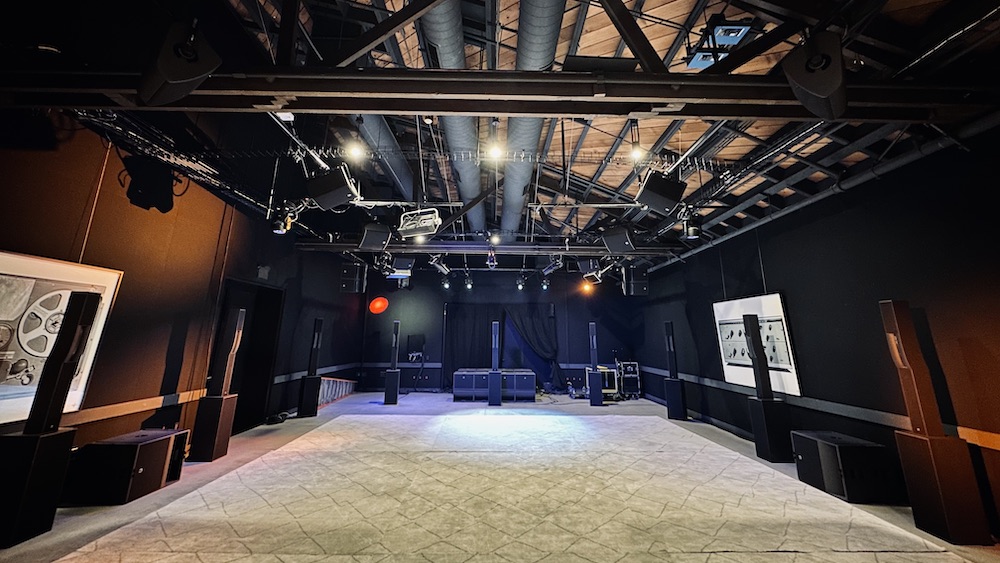
It has taken me many, many years, decades perhaps, to even begin to understand the difference between “experiencing” music and “listening to” music. Even now, I would have a hard time putting my thoughts into words and explaining it at a dinner party or on a NAMM Show panel.
I had always assumed that those moments of “experiencing” music were random and event-based, like when Taylor releases a new single or Sir Paul McCartney takes the stage at Bonnaroo and rips through a three-hour set for the ages. Or a then-unknown Habib Koite tapping and strumming a 12-string with rhythms we just don’t hear in the West, captivating the 300 people lucky enough to see his U.S. debut at Yoshi’s in Oakland on a Saturday night back in the late 1990s. Or the Grateful Dead on any of a hundred nights back in my youth, when Jerry Garcia slid from “Scarlet Begonias” into “Fire on the Mountain” within a single note and 30,000 people would explode in joy, in unison.
Music was the experience, and the experience was the music. The electricity in the air, the mood of the crowd, the anticipation of the opening note, the roars when the band hit the peaks—it was all part of the moment. But every now and then, I now realize, when all the elements came together and the band was killing it, I would crossover from “having a musical experience” to truly “experiencing the music.”
I used to think that those moments were unpredictable and indefinable, akin to the legal foundation of U.S. obscenity laws: “You know it when you see it.” Or in this case, when you hear it and feel it. I now realize that “experiencing” music is not about grand moments and magical convergences on a stage; it’s simply a way of approaching the world—a way of listening not only with the ears, but with the full mind, body and spirit. I entered the music and recording industry as a fan who happened to have a journalism degree. I envy those songwriters, composers, artists, musicians, producers and engineers for whom “experiencing music” is simply a way of being. I’m not jealous of them; I’m inspired! For example…
Back in early December, I visited Apogee Digital in Santa Monica for a site visit in advance of our Mix L.A.: Immersive Music Production event on March 2. (Apogee will be Host Sponsor for the afterparty, following a full day of panels and sponsor exhibits at Universal Music Group’s 21fifteen Studios.) While Betty Bennett walked me through the three immersive mix studios within the company’s main facilities, members of her team were tuning a temporary immersive playback system for their performance space, which has a good-sized stage and room for up to 150 or so in the audience. To listen, they played back a selection of Dolby Atmos mixes by Bennett’s husband, legendary mix engineer Bob Clearmountain, including Bob Marley’s Exodus and Roxy Music’s Avalon.
First, they were stunning. Just stunning. True to the original stereo feel, the groove and vibe, but with more space, movement and presence. A familiar—yet absolutely new—experience. But second, and the most interesting point to me, is the fact that Bob didn’t need to do them. He simply wanted to. He had mixed the 5.1 versions for re-issue many years ago and had access to tracks and stems. So he experimented, looking for what that new and different musical experience might sound like. He’s a Hall of Fame engineer, he could be comfortably sitting by the pool or sailing on Saturdays, and yet he’s still exploring new ways to “experience music.” That’s inspiring.
Then just a few days ago, I called producer/engineer Dave Rideau, asking him to be on a panel for the immersive music event. An early proponent of Dolby Atmos, he’s been working with the Miles Davis estate on both film and music projects, and has spent the last nine months working with Jimmy Jam and Terry Lewis on an upcoming Janet Jackson Singles release in Atmos. Mostly we talked about two of his recent nights out with his wife: the Taylor Swift Eras tour and U2 at the Sphere in Las Vegas. He raved about each—absolutely raved, like a teenage boy picking up his first guitar. The production of Taylor’s show, both the spectacle and the musicianship. The panorama of the 360-degree stage and sound. The amazing video walls. U2 blowing it up. He loved it all.
And then we talked about seeing James Taylor in an intimate theater, with just left and right sound. We talked about streaming and cinema. We talked about how lucky we are to live in a world where we can have both the big and the small, the stereo and the immersive, the club and the stadium.
It’s about “experiencing the music,” in whatever form it’s delivered. At this point in his career, you could forgive Dave for slipping gently into pro-audio cynicism when looking at formats and the future. Instead, he’s still filled with wide-eyed wonder. That’s inspiring.
Ten years ago, I would often snicker silently when Dolby began rolling out Atmos, accompanied by what I then considered marketing-speak about how “it wasn’t really a format, it was a new way of experiencing music.” I’m not snickering anymore. Instead, I’m finding more time to “experience” music.
